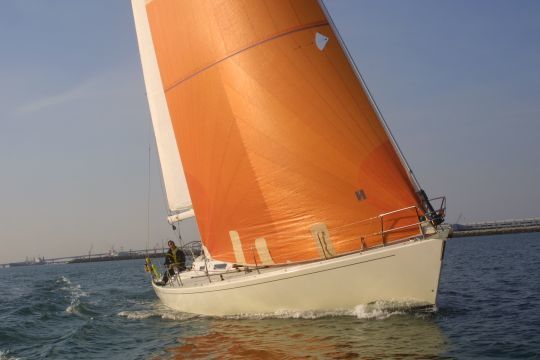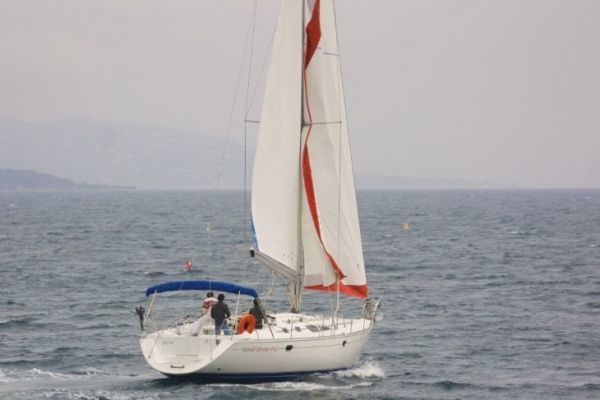What is tacking?
Tacking is a maneuver that consists of changing the sails to the side while sailing into the wind. Our sailboat can't move forward facing the wind, so it is often necessary to tack regularly to sail upwind.
It is impossible to define a precise chronology that will suit all sailboats as they are so different. Here, we will project ourselves on a monohull cruising sailboat or similar, to define some generalities.

Timeline of the tacking process
Step 1: Be close to the people
The helmsman will place himself upwind to start his tack. He will use senses and all the possible cues to ensure that you are in the right place . Its main objective is to always maintain speed. A car does not run without speed, the same goes for a boat!
Step 2: Announce the tack
The helmsman will announce to his crew members that he will start the tack. They can then prepare the sheets for the sail change. Beyond performance, good communication is essential for the safety of the crew. An uninformed person can quickly become unbalanced or get caught in the boom if it is not placed correctly! Before tacking, make sure that all your crew members have responded properly!
Step 3 : Give a bar angle
The helmsman then announces that he is tacking and then applies the helm. The angle of the helm should not be too large, at the risk of tacking too quickly and not leaving enough time for the crew to keep up. However, it should not be too shallow either, at the risk of staying too long upwind, losing speed and not having enough to tackâ?¦ The boat will then have made a "lack to fire" .
Step 4: Sail adjustments
The helmsman continues to tack, keeping a good helm angle. As the tack is changed to the other tack, the crew members ease off the foresail sheet to bring the headsail to the leeward side.
Step 5 : Coming upwind on the other tack
Once the boat is upwind, the helmsman must go upwind on the other tack to regain speed. The crew can then trim the sails, stow the boat and the tack will have been successful!

To go further
There are ways to continue to improve your tacking. Here are some of them:
- When you angle the rudder, you angle the rudder in the water. This may seem like a simple phrase, but it is important to remember that although this part of the rudder is essential, it is also a brake for the boat. The goal is to turn the boat at the minimum rudder angle. To do this, we can remember that the mainsail makes our boat luff. If we overhaul the mainsail before tacking, we will luff our boat "naturally".
- In addition, when we come out of the tack, we'll try to find speed quickly. Thus, we will not leave the tack directly upwind. You can go through a phase of recovery at full speed, and then return to upwind. The adjustments must then follow!
- If your boat is light enough, for example in a light sail, you can play with your own weight. An exercise on small boats consists in fixing the helm in the middle, then tacking with only the weight and the sails!
Tacking is another story on boats like Imocas or Ultims, but that's for another time!

 /
/ 








